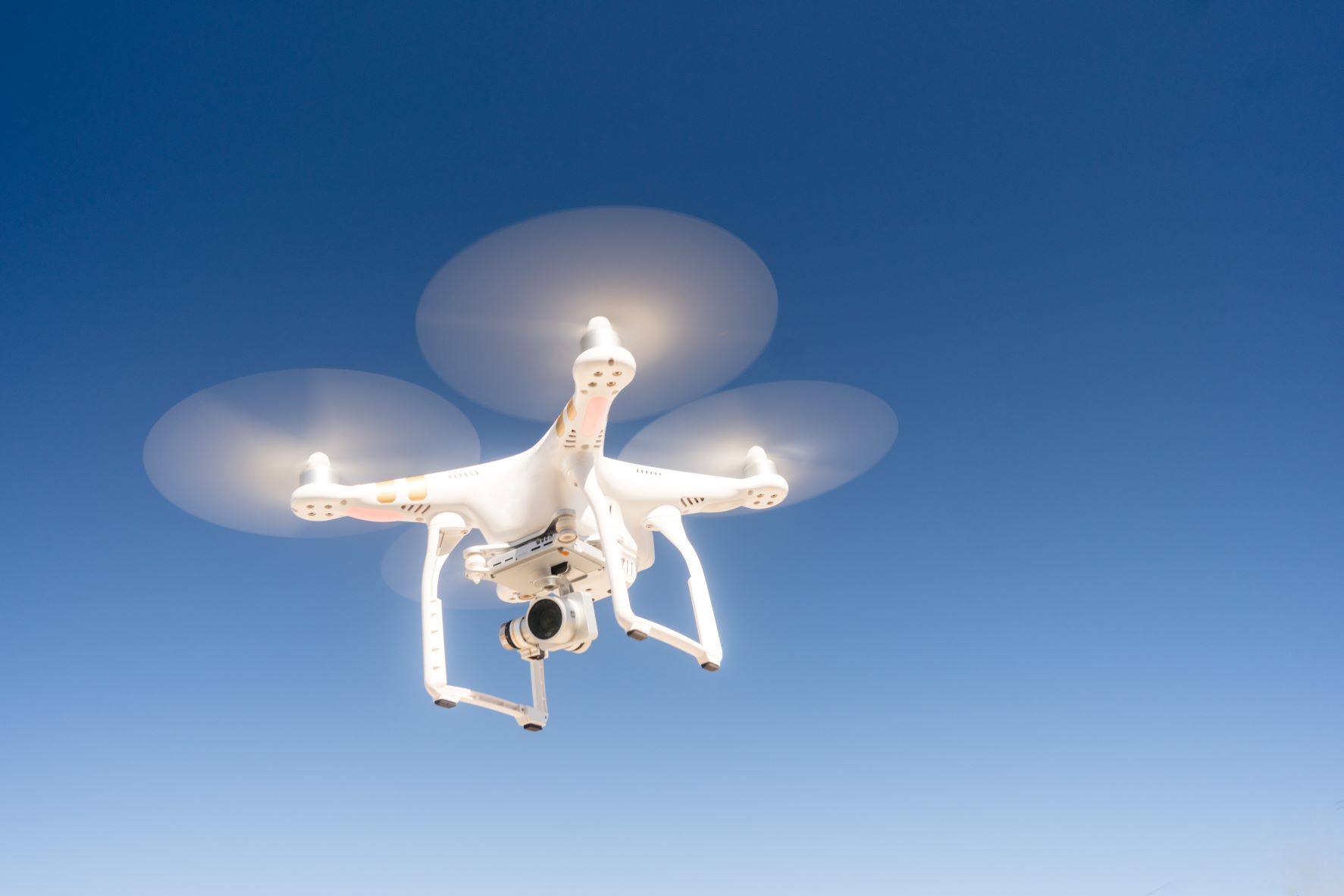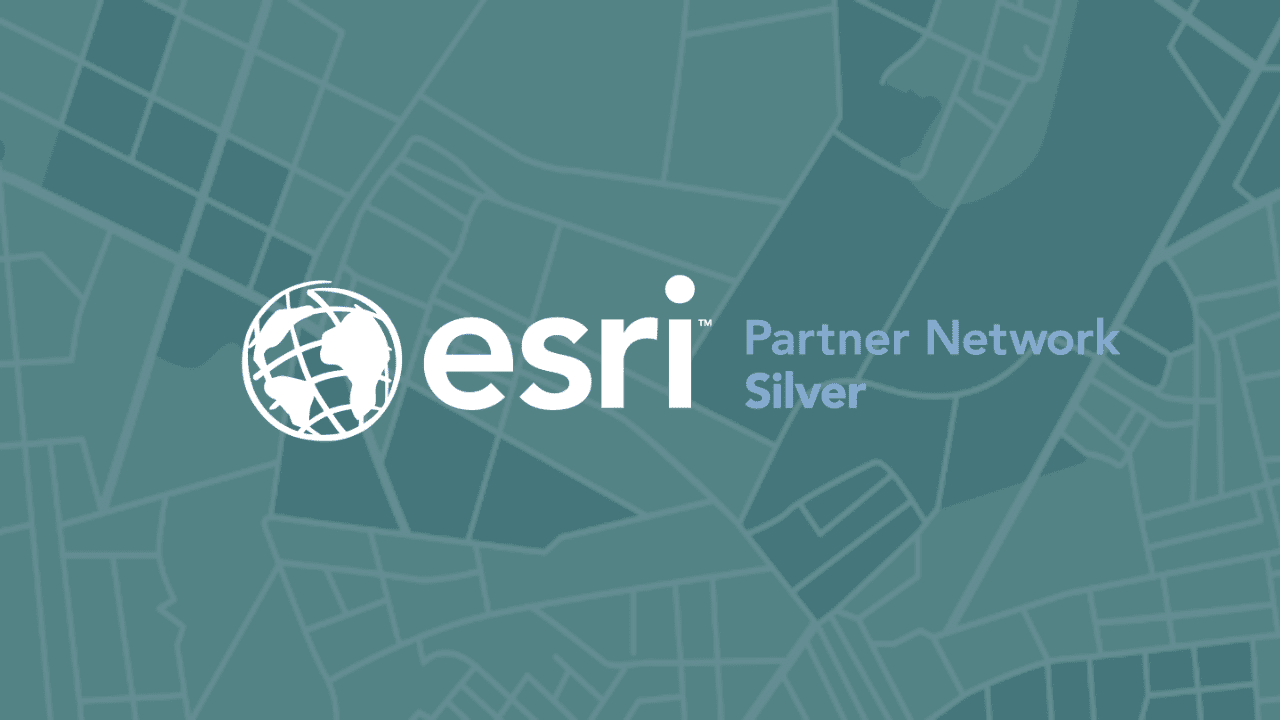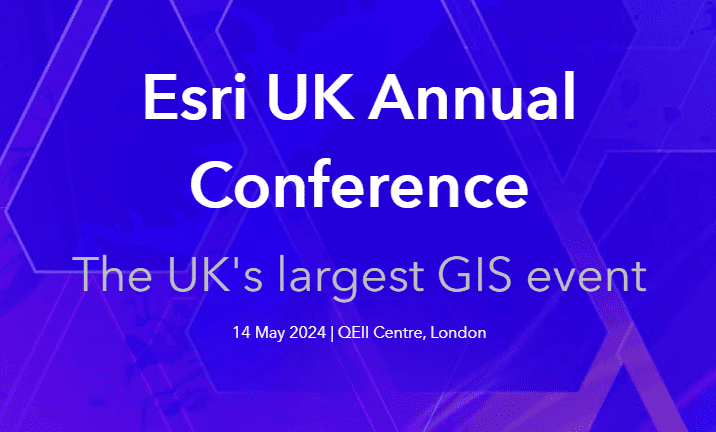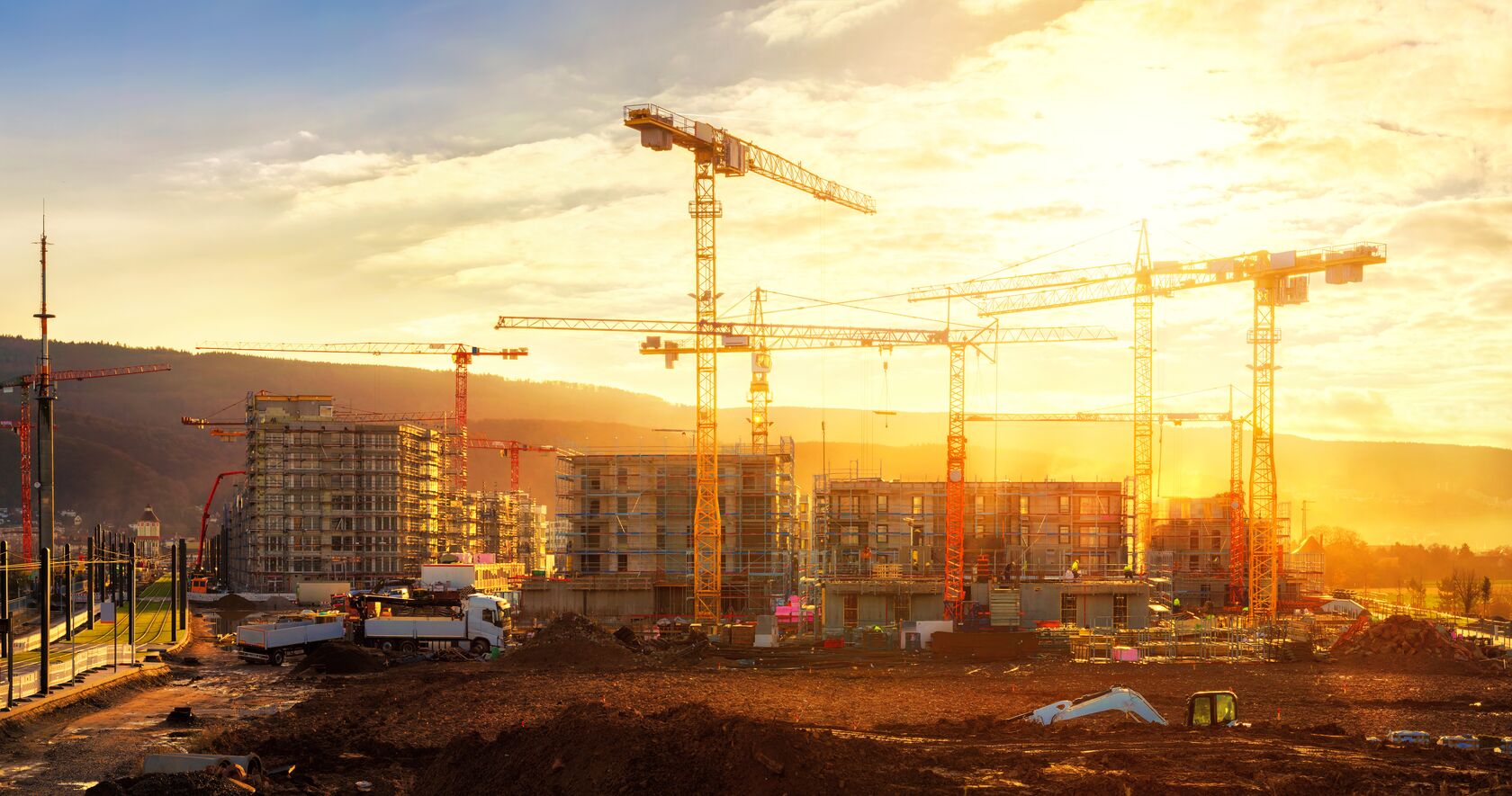Geospatial Technology: Understanding Remote Sensing

When you can’t be on-site for field inspections, business operations, or data collection for future analysis, remote technology is the next best option.
When something is not in contact or is in another physical location, it is considered remote. Gathering information from a remote location, also known as remote sensing, is a common practice for industries using geospatial technology.
As a geospatial technology, remote sensing samples emit and reflect electromagnetic radiation from Earth’s ecosystems to detect and monitor an area’s physical makeup without actually being in the physical area itself.
Using tools like satellites and aircraft-based sensors, you can monitor an area and acquire up-to-date information for analysis.
Remote sensing can assist in land classification, local and global issues, and more. Understanding the different types of remote sensing and their practical applications can help with land insights and smarter use of geospatial technologies.
What is Remote Sensing?
Remote sensing, which records an area’s physical characteristics, is conducted via radiation energy emitted from satellite and aircraft technologies.
There are two different types of remote sensing that are categorised by the type of sensor involved.
Active Sensor
An active sensor illuminates the object it is targeting then measures the light reflected off of the target object. This can be used with satellites or aircraft equipped with radar technologies, such as RADAR and LiDAR.
The general course of action for an active sensor is light emission, reflection, and return.
With an active sensor, there is a time delay between the emission of the light from the sensor to the moment it is captured and returned to the sensor.
To better understand how an active sensor works, think about a camera equipped with flash. The flash brightens the object/person you are taking a picture of. Then, the camera captures the image via the return light.
Passive Sensor
Passive sensors, however, do not create and emit their own source of light like an active sensor does. Passive sensors measure the light reflected from the sun’s emission.
Using the electromagnetic spectrum, passive sensors capture images by sensing the reflected sunlight in an area. An example of a passive sensor is photography conducted without a flash. Photography without a flash relies on the existing light reflected off of an object, whether the object creates the light itself or uses light emitted from the sun.
Passive sensors are more commonly used due to their image quality via satellites.
How Electromagnetic Energy Is Used
Basic scientific observation dictates that the electromagnetic spectrum ranges from short wavelengths to long wavelengths. An example of a short wavelength is an X-ray while a long wavelength includes radio waves and microwaves.
Human eyes can only see in the visible wavelength range (red, green, and blue), meaning that the capability of sensors to analyse wavelengths from both ends of the spectrum requires powerful technology.
Sensors are engineered to capture beyond visible wavelengths into infrared zones and beyond. Environmentally speaking, sensors using infrared technologies will capture more physical location attributes and vegetation.
So while we as humans can only see what is clear to the eye with the assistance of light, satellites and aircraft carrying remote sensing technologies can use other light sources to capture more in-depth images of physical locations for further research and mapping.
What is Remote Sensing Used For?
Several industries incorporate remote sensing and other geospatial technologies into their operations.
Road Conditions
If there’s fieldwork to be done on or near rural roads, time and money can be saved using geospatial technologies like remote sensing. This could provide more accuracy for projects or analysis of rural road conditions without the time loss and other limitations of having to send a worker out to survey the area.
Maps
If you use Google Maps, Lyft, Uber, etc., you’re using an application that functions on remote sensing technology. Most modern mapping technologies are based on remote sensing for increased accuracy.
Space Images
NASA utilities geospatial technologies in multiple applications including collecting images of Earth from space. These images, using remote sensing technology, can analyse patterns in Earth’s atmosphere, oceans, land, and more. Examples of remote sensors used for this purpose include EO-1, Terra, and Landsat.
Forestry and Climate Change
Forest fires are of growing concern, especially with the gradual climate change occurring across the globe. Saving time and money is just one example of how remote sensing can help detect these changes and potential emergencies.
If a forest fire occurs, remote sensing technology can alert firefighters on time and to the correct location rather than firefighters relying on an estimated landmark or geographical point. Damage from fires can be minimalized using this technology.
Remote sensing can also detect climate changes from the sky via satellite, allowing for the study and comparison of climate conditions over time.
Streamline Your Business Processes with Geospatial Technology from MGISS
Geospatial technology is an invaluable resource in day-to-day life and business as we now know it. At MGISS, we offer a broad range of geospatial mapping and data solutions across many industries. Trusted by government agencies, environmental organisations, and private corporations, we aim to create a more sustainable future by increasing the efficiency and delivery of critical infrastructure services. We are passionate about protecting the environment and promoting cleaner growth.
Our solutions help to streamline field operations and drive smarter, more profitable decision-making. We offer access to advanced mapping platforms to help you preempt, prevent and resolve operational disruptions in a cost-effective and efficient manner to keep services up and running, and to manage your project each step of the way.
If you need accurate location and tracking data and a solution that helps turn spatial data into actionable intelligence while reducing impact to the planet, people, and your budget, then do not hesitate to contact us today.



